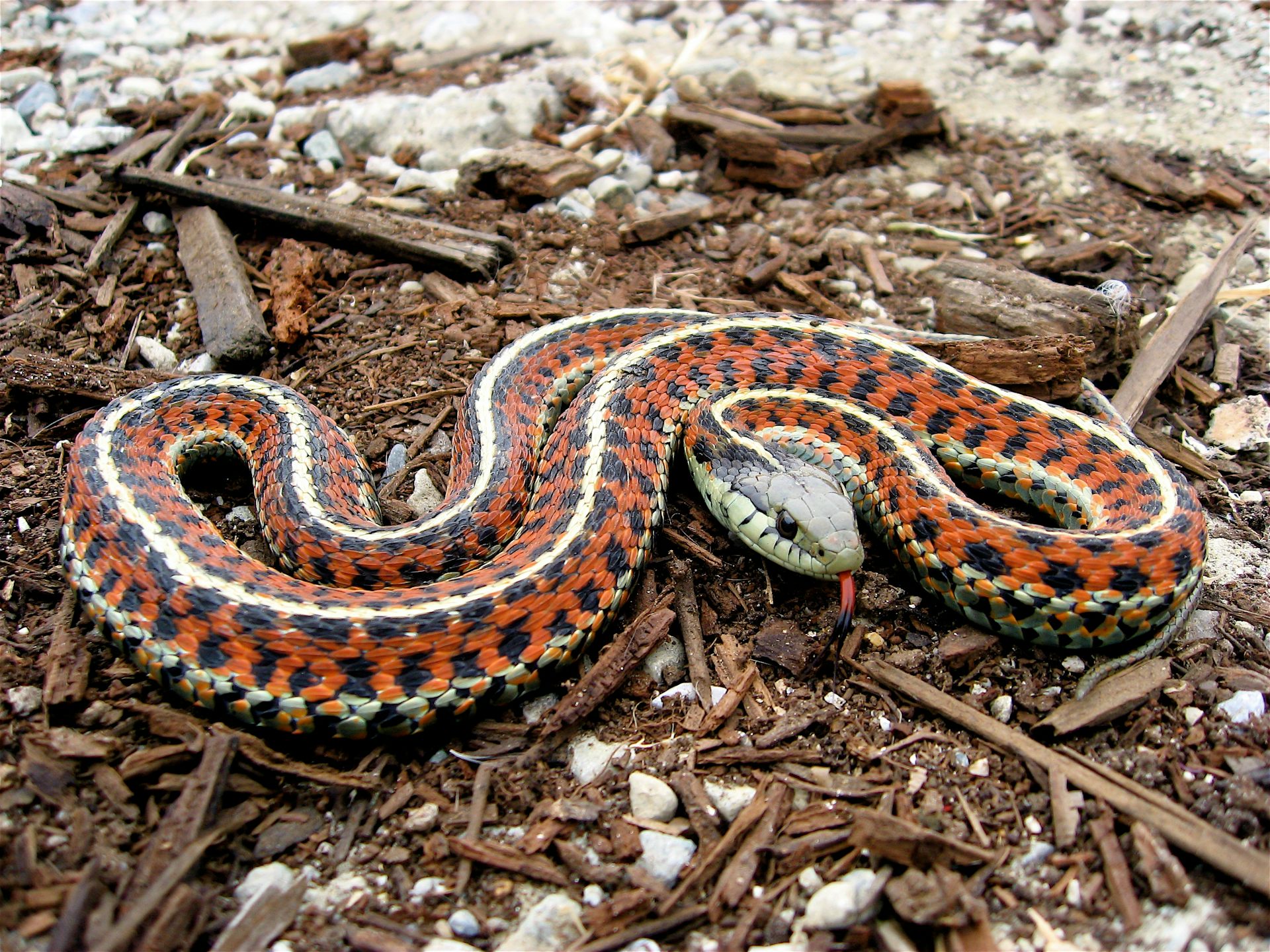Introduction
When it comes to the interesting world of snakes, few species capture the creativity rather like the infant tiger serpent. Understood for their distinct pigmentation and potent venom, these snakes are an indispensable component of Australia's unique ecosystem. In this extensive short article, we will delve into numerous facets of baby tiger serpents, including their behavior, habitat, and how to safely connect with them. Whether you're a wildlife enthusiast or simply curious concerning these animals, comprehending infant tiger snakes can assist cultivate a much deeper recognition for nature.
Baby Tiger Snakes: What You Need to Learn About Their Actions and Habitat
What Are Child Tiger Snakes?
Baby tiger serpents are adolescent types of the very venomous species known scientifically as Notechis scutatus These serpents are largely discovered in seaside regions of Australia, particularly in Tasmania and southerly Victoria. As they grow, their coloration adjustments from a much more low-key combination to the characteristic yellow and black bands that give them their name.
One remarkable aspect of child tiger snakes is their dimension; hatchlings generally determine around 25-30 centimeters in size. Despite their small stature, they possess a surprising quantity of venom that can be destructive to people if bitten.

Physical Characteristics
Tiger snakes have a number of key physical qualities:
- Coloration: The distinctive banding pattern often ends up being more pronounced as they mature. Size: Adults can get to lengths of approximately 2 meters. Body Shape: They have a robust body that assists in swimming and terrestrial movement.
Where Do Child Tiger Snakes Live? Understanding Their Habitat
Understanding the environment preferences of infant tiger serpents is essential for both preservation initiatives and public safety and security. These serpents flourish in various atmospheres:
- Wetlands: Marshes and swamps offer adequate hunting grounds. Coastal Regions: Usually located near beaches where they can search for prey. Woodlands: Dense greenery offers cover from predators.
Geographical Distribution
Tiger serpents are predominantly located along Australia's southern shoreline, including:
- Tasmania: Home to among one of the most well-known populations. Victoria: Particularly in locations near water bodies.
Are Tiger Snakes Venomous? A Deep Study Their Venom
One typical question arises when talking about child tiger snakes: "Are tiger serpents poisonous?" The answer is a definite yes!
Venom Composition
The poison of tiger serpents includes neurotoxins that can cause paralysis, coagulopathy (blood clotting issues), and possibly death if neglected. Here's what you need to know:
- Effects on Humans: A bite from a tiger serpent can bring about signs like swelling, pain at the bite website, queasiness, and also respiratory system failure.
Comparison with Various other Venomous Snakes
In comparison to various other Australian snakes such as the eastern brown serpent or king brownish snake, tiger snake poison is considered among the most powerful. Nonetheless, fatalities are rare because of enhanced clinical treatments and accessibility to antivenom.

Behavioral Patterns of Baby Tiger Snakes
Understanding exactly how infant tiger snakes behave is crucial for those that reside in or go to locations where these reptiles are prevalent.
Nocturnal Habits
Most infant tiger snakes display nocturnal behavior. They have a tendency to forage for food during cooler night temperature levels. This adaptability helps them avoid killers while boosting their hunting efficiency.
Hunting Techniques
Their hunting methods consist of:
- Ambush Predation: Waiting stationary up until prey comes close. Active Foraging: Proactively moving through plants or along rivers in search of food.
First Help for Snake Bites: What You Need to Know
Despite being remarkable animals, encounters with different types of snakes baby tiger serpents can cause dangerous scenarios if bites occur. Recognizing emergency treatment procedures can conserve lives.

Immediate Tips After a Bite
Remain calm; panic enhances heart rate. Immobilize the affected limb using a splint or bandage. Seek instant clinical focus-- antivenom might be necessary.Creating a Snake Bite First Aid Kit
A well-prepared emergency treatment package need to consist of:
|Item|Objective|| ------------------------------|--------------------------------------|| Compression bandage|To incapacitate the limb|| Splint|Supports broken bones or joints|| Antihistamines|Reduces allergies|| Emergency call numbers|Quick accessibility during emergencies|
Common Misconceptions Regarding Tiger Snakes Debunked
Many misconceptions surround these interesting reptiles; let's clear up some misunderstandings commonly held by people.
Myth # 1: All Tiger Snakes Are Aggressive
While some people might show defensive habits when threatened, not all tiger snakes display aggression towards humans unless provoked.
Myth # 2: Baby Tiger Snakes Are Much Less Unsafe Than Adults
This myth could not be additionally from the truth! Child tiger serpents have virtually as much poison as grownups about their dimension; therefore they posture significant risks if bitten.
FAQs About Child Tiger Snakes
What do child tiger snakes eat?- They largely consume little animals, birds, frogs, and fish.
- Look for slim bodies with pale banding patterns that become a lot more noticable as they mature.
- Yes! Birds of target and bigger reptiles may target them.
- Typically every couple of weeks as they proliferate throughout their very early life stages.
- While some individuals do maintain them illegally without licenses due to their harmful nature; it's usually not suggested provided their venomous status.
- With timely clinical therapy-- consisting of antivenom-- the survival rate is high!
Conclusion
In recap, comprehending infant tiger serpents-- what they consume, where they live, how they behave-- can furnish us with important expertise Snake awareness Australia about these exceptional yet hazardous creatures. The value of education surrounding emergency treatment steps can not be overemphasized; knowing how to react effectively after a bite could conserve lives while cultivating regard for our slithering neighbors within Australia's rich biodiversity range.
By appreciating these serpents' functions within ecosystems-- and acknowledging prospective dangers-- we promote coexistence as opposed to fear-based responses toward each other's presence in nature's grand tapestry! Whether you're a passionate walker pondering your following experience or simply interested concerning local wild animals experiences near first aid management of snake bite - skillstrainingcollege.com.au home-- this guide serves as your relied on referral factor on the enigmatic world inhabited by our buddies-- the wonderful baby tiger snake!